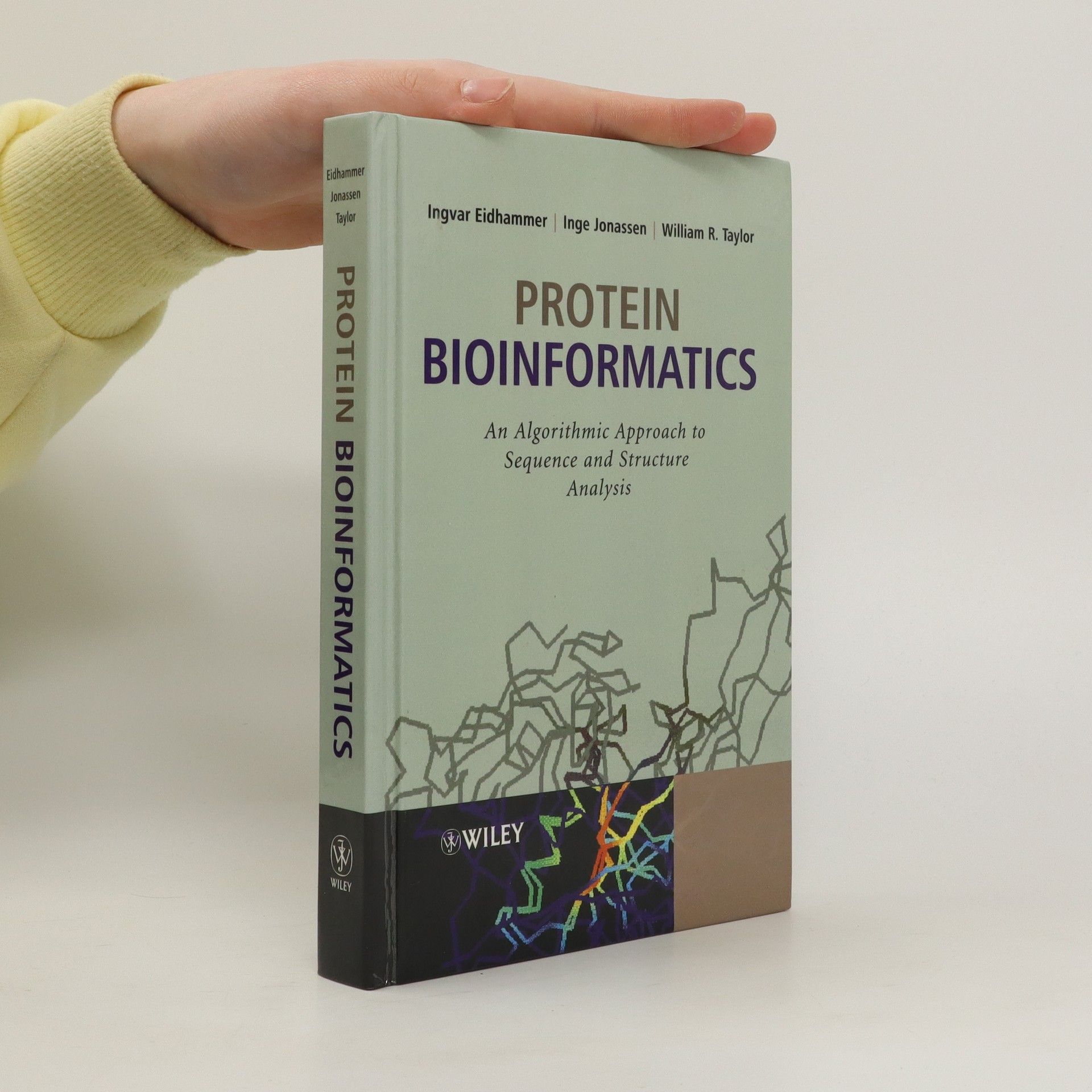Genomics and bioinformatics play an increasingly important and transformative role in medicine, society and agriculture. The mapping of the human genome has revealed 35,000 or so genes which might code for more than one protein, resulting in 100,000 proteins for the humans alone. Since proteins are attractive targets for developing drugs, efforts are now underway to map sequences and assign functions to many novel proteins. This book takes the novel approach to cover both the sequence and structure analysis of proteins in one volume and from an algorithmic perspective. Key features of the book include:Provides a comprehensive introduction to the analysis of protein sequence and structure analysis. Takes an algorithmic approach, relying on computational methods rather than theoretical. Provides an integrated presentation of theory, examples, exercises and applications. Includes coverage of both protein structure, and sequence, analysis. Accessible enough for biologists, yet rigorous enough for computer scientists and mathematicians. Supported by a Web site featuring exercises, solutions, images, and computer programs. Visit this website for exercises with solutions, computer programs, errata and additional material: www. ii. uib. no/ proteinbioinformatics/
Inge Jonassen Livres


Algorithms in bioinformatics
- 476pages
- 17 heures de lecture
The book contains a collection of papers focusing on various algorithms and methodologies in bioinformatics. Topics include reconstructing ancestral bacterial genomes, gene order reconstruction, and algorithms for sorting by reversals and transpositions. It presents polynomial-time algorithms for matching crossing contact-map patterns and approximations for sorting by transpositions and transreversals. The work also explores gapped local similarity searches, monotone scoring of patterns with mismatches, and suboptimal local alignments across multiple scoring schemes. Additionally, it discusses algorithms for estimating p-values, adding hidden nodes to gene networks, and joint analyses of DNA copy numbers and gene expression levels. The search for regulatory elements of alternative splicing events is addressed, alongside supervised learning for functional protein sequence annotation. The book also covers protein alignment, threading problems, protein-protein interfaces, and domain discovery in protein sequences. It includes discussions on haplotype inference, SNP haplotype reconstruction, and robust tag SNP selection. Other topics include RNA sequence alignment, translation initiation site prediction, phylogenetic tree consensus, and the relevance of 16S rDNA sequences. The collection concludes with methods for RNA secondary structure comparison and motif finding, emphasizing the integration of sample-driven and pattern-d